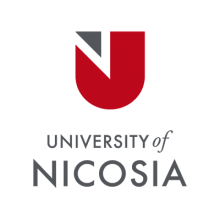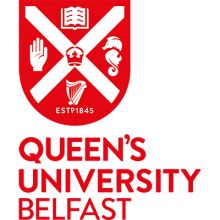About Minhaj University Lahore
Established in 1986 in Pakistan’s second city, Minhaj University Lahore was named for the NGO Minhaj ul Quaran International, established by the university’s founder, Shaykh-ul-Islam Professor Dr Muhammad Tahir-ul-Qadri.
The university was granted degree-awarding status in 2005, and now educates students at undergraduate and postgraduate level.
It is comprised of nine faculties: computer science and information technology; basic science and mathematics; economics and management sciences; social sciences and humanities; languages; Sharia and Islamic studies, engineering, allied health sciences; and applied sciences.
MUL is located on a purpose-built campus, which houses science and computer laboratories, research facilities, libraries and student dormitories. It also includes a mosque, a cafeteria, parking areas and children’s playgrounds.
While MUL encourages mixing between men and women, two students of the opposite sex are not allowed to sit together in isolation. Mixed groups should include at least two men and two women and should be formed only for study and constructive discussion.
Explore these featured universities
Explore rankings data for Minhaj University Lahore
Compare universities on their key stats
Key statistics
- 0%Percentage of International Students(1)
- 10.5No. of students per staff(1)
- 3,214Number of FTE Students(1)
- 26%Proportion of ISR Publications(1)
- 45 : 55Student Ratio of Females to Males(1)
Subjects taught at Minhaj University Lahore
Life sciences
- Biological Sciences
- Agriculture & Forestry
Arts & humanities
- Languages, Literature & Linguistics
- History, Philosophy & Theology
- Art, Performing Arts & Design
Social sciences
- Communication & Media Studies
- Sociology
- Politics & International Studies (incl Development Studies)
Education
- Education
Engineering & technology
- Electrical & Electronic Engineering
- Chemical Engineering
Clinical, pre-clinical & health
- Other Health
Business & economics
- Accounting & Finance
- Business & Management
- Economics & Econometrics
Physical sciences
- Physics & Astronomy
- Mathematics & Statistics
- Chemistry
Law
- Law
Computer science
- Computer Science






